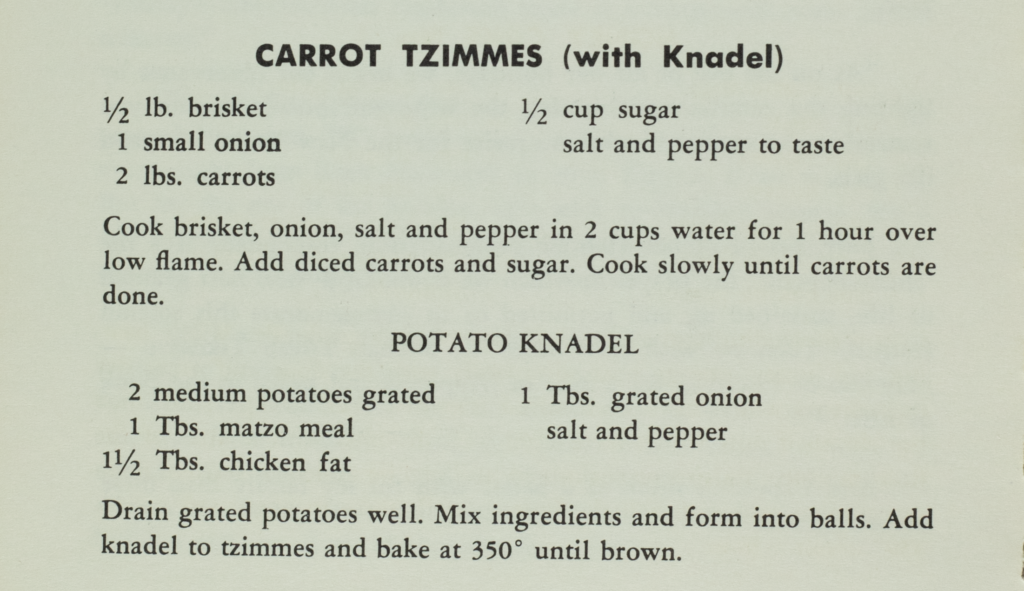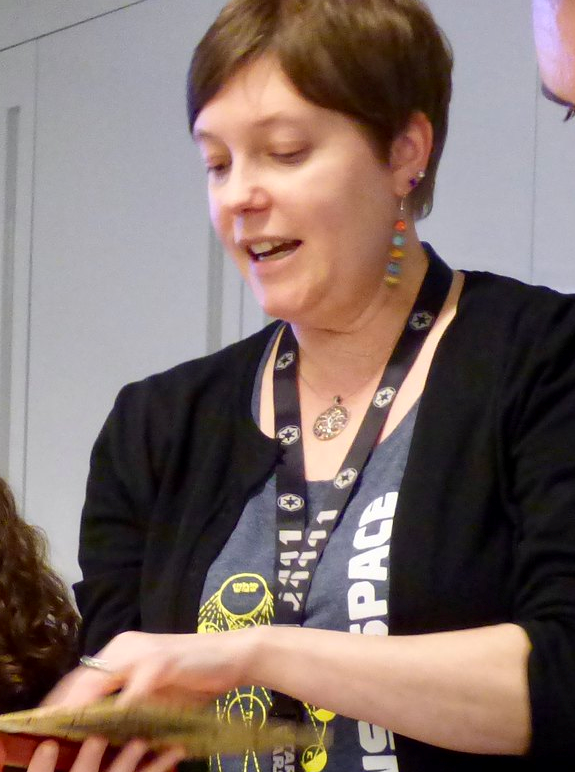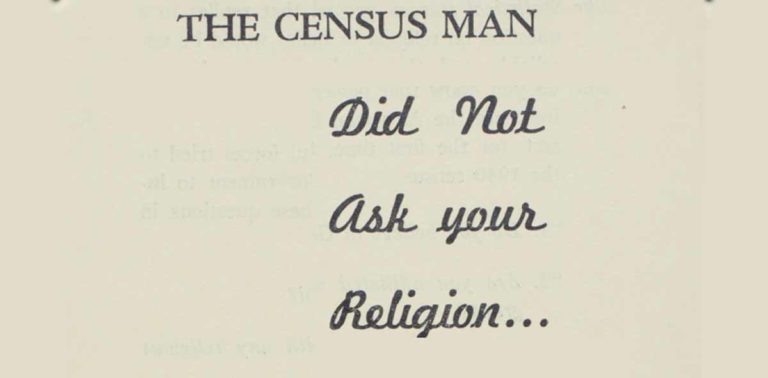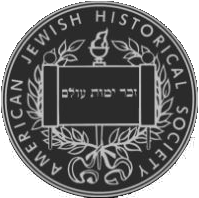Food is an integral part of many holiday celebrations, and as we progress into the holiday season, doing research in the AJHS cookbooks is a great way to contemplate the traditions that surround them. One of my favorite types of items to explore in the AJHS collections is our large collection of community cookbooks, which are the cookbooks created by a collaborative writing process, largely for outreach and fundraising purposes.
In the case of the AJHS collection, the books are primarily written by women. AJHS has hundreds of these cookbooks, dating from the 1930’s to the present day and covering a large geographic area, from Dix Hills to Beverly Hills and everywhere in between. Organizations such as synagogues, schools, and women’s groups have used these cookbooks to great success for fundraising and other projects within their own communities.

While these cookbooks are invaluable for those interested in food studies, there is another aspect of these items that is fascinating and worthy of discussion, and that is the creativity expressed in these cookbooks. The women who created the volumes put a great deal of work and pride into their contributions. The volumes often feature stories about their homes, lives, families, and communities; some include original poems and drawings created by the cooks themselves! These cookbooks often provided an opportunity to showcase treasured recipes, including ones that were not previously committed to a recipe card, but transmitted verbally and through shared cooking experiences within families.
The Fruit of Her Hands: A Reference Book of Jewish Festivals with Menus and Recipes was one such item; this cookbook was published in 1960, by the Temple Israel Sisterhood in Detroit, Michigan. This 1960 edition was the 2nd edition, 13 years after the first one was published in 1947; according to the introduction, they sold all of the copies of the earlier edition, and people kept requesting to buy additional copies so the second edition was created to quell the demand. This particular book clearly focuses on the holidays, with sample menus and explanations of what recipes and foods are traditional, and their purpose for the meal and occasion. The book itself was written as a testimonial to family and Judaism, with emphasis on the role of women in preserving these traditions; in the introduction, the editor writes about her contributors, their “Dedication to their families and adherence to Judaism is well exemplified by this book”.
But one of the lovely items about this particular book is that each holiday chapter begins with a narrative story that accompanies the menus and recipes; the narratives are sweet stories, created to provide a framework for those who are seeking to learn about traditions and the foodways associated with them. The narratives are largely shaped as conversations between a mother and her family; for Rosh Hashanah, the conversation discusses both the traditional foods and also explains the Jewish calendar and how the holidays are calculated. There is a sense of pride in the domestic labor of the holidays, but also the beauty inherent in family and cultural traditions. The narratives are framed for those who want to create a vibrant festival meal but “were uncertain how to do this,” stated the editor, so the book would be of special utility for younger or newly married people and families who are planning a holiday meal. The editors also stated that part of the overall purpose of the volume is to show the current traditions within the homes of the women in the congregation, to “enable you to carry out these practices with pleasure and with pride”.
Reading the words and recipes of these women, so carefully chosen and created, is a reminder of the importance of family and the comfort of traditions created and shaped by experience over the years, and is also a testament to the women who created the book, and their competency and capability. As the editor articulates in the introduction, “the preparation of traditional foods for our festivals is truly the fruit of her hands”, so too we would like to share two recipes from the book, carrot tzimmes with knadel and a honey cake. We at the AJHS hope your holiday will be as sweet and satisfying as these recipes.

CARROT TZIMMES (with Knadel)
Ingredients:
1/2 lb. brisket
1 small onion
1 lbs. carrots
1/2 cup sugar
Salt and pepper to taste
Directions:
Cook brisket, onion, salt and pepper in 2 cups water for 1 hour over low flame. Add diced carrots and sugar. Cook slowly until carrots are done.
POTATO KNADEL
Ingredients:
2 medium potatoes grated
1 tbsp. matzo meal
1 1/2 tbsp. chicken fat
1 tbsp. grated onion
Salt and pepper
Directions:
Drain grated potatoes well. Mix ingredients and form into balls. Add knadel to tzimmes and bake at 350 degrees until brown.

HONEY CAKE No. 1
Ingredients:
1/2 cup shortening
1 cup sugar
4 eggs beaten
1 cup honey
1 cup orange juice
1 1/2 cups sifted flour
3 tsp. baking powder
1/2 tsp. baking soda
1/2 tsp. salt
1 tsp. allspice
1/2 tsp. cinnamon
Rind 1 orange grated
1 cup chopped walnuts or almonds
Directions:
Cream shortening and sugar. Add beaten eggs gradually. While beating add honey and orange juice alternating with the flour and other dry ingredients which have been sifted together. Add the orange rind, followed by the chopped nuts. Make sure to dredge the nuts with a little flour mixture prior to adding. Additional raisins or cut mixed peel can be added if desired, make sure to mix them with a little flour before adding. Bake in greased plan at 350 degrees for 1 hour.
Family collections like these are at the core of what we do. Support the Heritage Campaign today to make these collections accessible to all.






